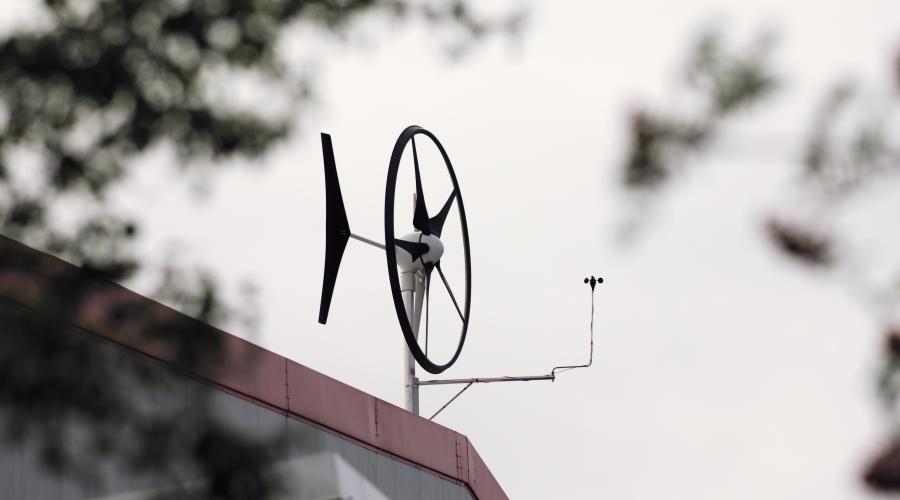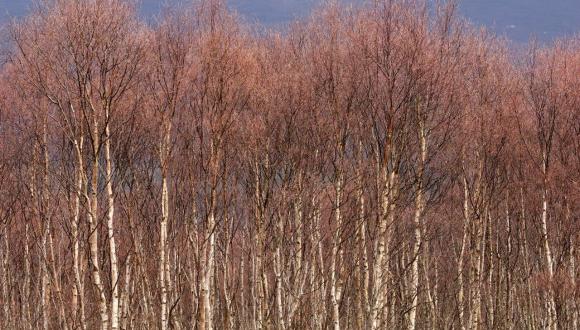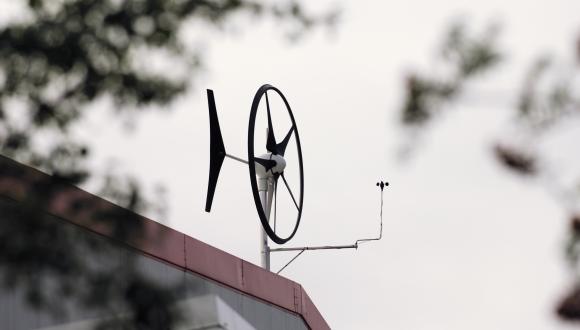
Micro-renewables
We support micro-renewables in places where they won’t have significant impacts on Scotland’s nature and landscapes.
Micro-renewables can make an important contribution to electricity generation and the reduction of carbon emissions, especially from domestic and commercial buildings.
Micro-renewable installations have an output of less than 50kW (electrical) or 45kW (thermal).
Our approach
We support the use of micro-renewables where they won’t have significant impacts on the quality and enjoyment of Scotland’s nature and landscapes. Installations must not affect protected species.
Guidance
Micro-renewable schemes can usually be installed with minimal impacts on nature and landscapes, especially if located in urban areas.
In some places, installation may have an impact on protected areas and protected species. Developers, installers and homeowners should make some basic checks before work begins as set out in our guidance below.
Our guidance note on micro-renewables covers:
- biomass
- heat pumps (ground and air)
- micro-hydro
- micro-wind turbines (free-standing or building-mounted)
- solar hot water (also known as solar thermal)
- solar photovoltaics (solar PV)
Read Micro renewables and the natural heritage: Revised guidance
If you are proposing to deploy a renewable energy technology, please contact the appropriate Area Office to discuss siting and design at the earliest opportunity.
Find out more
Micro-renewables and nature conservation: A guide for householders and installers





